Home>Gardening & Outdoor>Landscaping Ideas>Why Is Grass Green
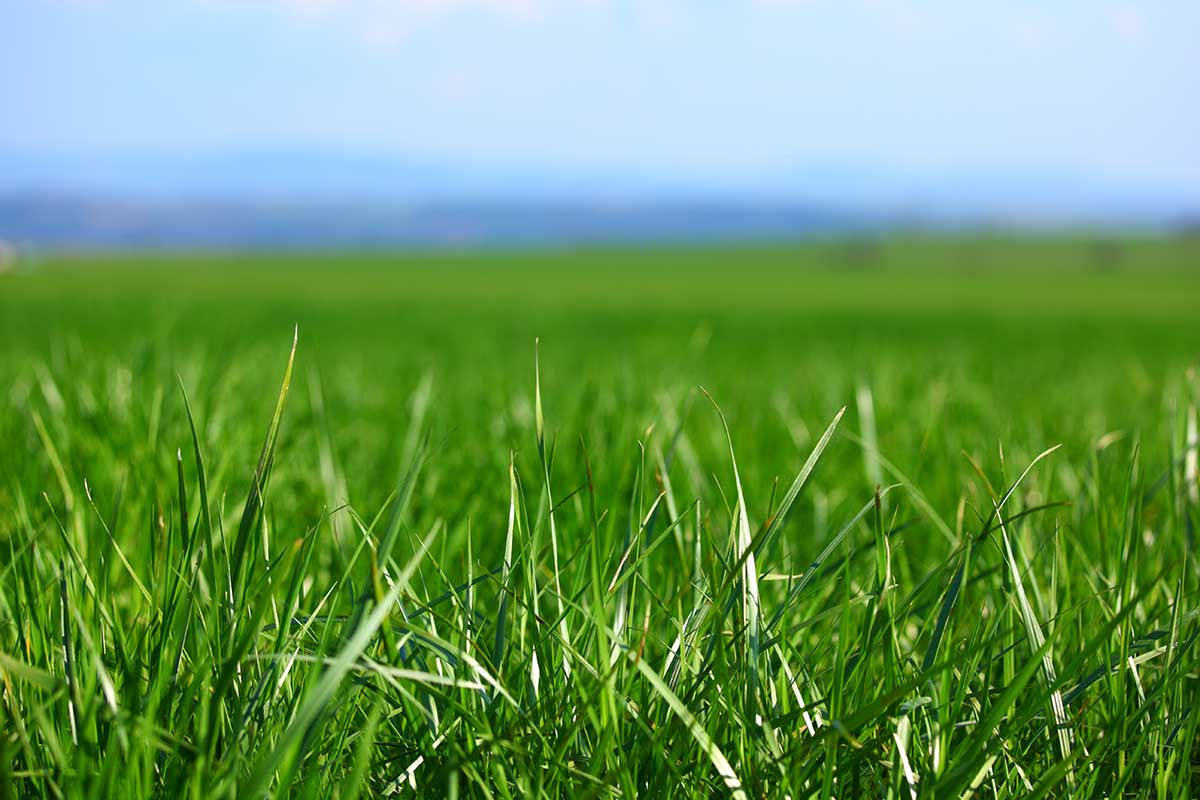

Landscaping Ideas
Why Is Grass Green
Modified: February 18, 2024
Discover the science behind why grass is green and get landscaping ideas to enhance your outdoor space. Explore the role of chlorophyll and find inspiration for your garden.
(Many of the links in this article redirect to a specific reviewed product. Your purchase of these products through affiliate links helps to generate commission for Storables.com, at no extra cost. Learn more)
Introduction
When we think of grass, the vibrant green hue that carpets lawns and landscapes often comes to mind. But have you ever wondered why grass is green? The answer lies in the fascinating world of plant biology, environmental adaptations, and human perception. In this article, we’ll delve into the science behind the greenness of grass, exploring the role of chlorophyll, the influence of light, environmental adaptations, and how humans perceive the color of grass. By unraveling the mysteries of grass’s green color, we gain a deeper appreciation for the natural world that surrounds us.
Key Takeaways:
- Grass is green because of a special pigment called chlorophyll, which helps plants turn light into energy. This green color also helps grass thrive in different environments.
- People love the green color of grass because it makes them feel calm and connected to nature. Taking care of green lawns gives a sense of pride and helps people feel closer to the natural world.
Read more: Why Is My Grass Light Green And Dark Green
The Science of Chlorophyll
At the heart of grass’s green color is a remarkable pigment known as chlorophyll. This essential compound plays a pivotal role in the process of photosynthesis, the mechanism through which plants convert light energy into chemical energy. Chlorophyll absorbs light, particularly in the blue and red wavelengths, while reflecting green light, giving plants their characteristic color.
There are two primary types of chlorophyll found in plants: chlorophyll a and chlorophyll b. These pigments are housed within specialized structures called chloroplasts, which are abundant in the cells of grass and other green plants. The molecular structure of chlorophyll enables it to capture photons of light, initiating the complex cascade of reactions that drive photosynthesis.
Interestingly, the abundance of chlorophyll in grass not only contributes to its green color but also underscores the plant’s remarkable ability to harness solar energy for growth and sustenance. As we continue to explore the science behind grass’s greenness, it becomes evident that chlorophyll is the cornerstone of the plant kingdom’s captivating and vital connection to light and color.
The Role of Light
Light, with its diverse spectrum of wavelengths, plays a fundamental role in shaping the color of grass. The interaction between light and chlorophyll within the cells of grass leaves is a captivating process that influences the plant’s vibrant green appearance.
When sunlight, which consists of various colors ranging from violet to red, reaches the surface of grass leaves, chlorophyll absorbs certain wavelengths while reflecting others. This selective absorption is a key factor in determining the color we perceive. The green wavelengths of light are predominantly reflected by chlorophyll, giving rise to the lush green hues that adorn landscapes and meadows.
Moreover, the intensity and duration of light exposure also impact the color of grass. Adequate sunlight fuels the process of photosynthesis, promoting the production of chlorophyll and contributing to the plant’s verdant appearance. Conversely, insufficient light can lead to diminished chlorophyll synthesis, potentially altering the greenness of the grass.
It’s important to note that the interplay between light and chlorophyll extends beyond mere aesthetics. The intricate dance of photons and pigments serves as the foundation for the plant’s energy production and sustenance, highlighting the profound significance of light in the natural world.
Grass appears green because it contains a pigment called chlorophyll, which is essential for photosynthesis. Chlorophyll absorbs red and blue light, reflecting green light, giving grass its green color.
Environmental Adaptations
Grass, as a resilient and adaptable plant, has evolved a range of environmental adaptations that contribute to its characteristic green color and enable it to thrive in diverse habitats. These adaptations, shaped by evolutionary forces and environmental pressures, underscore the remarkable versatility of grass species.
One notable adaptation is the ability of certain grass varieties to maintain their green coloration during periods of environmental stress, such as drought or extreme temperatures. This resilience is often attributed to the presence of mechanisms that minimize water loss and protect the chlorophyll within the plant’s cells. Additionally, some grasses exhibit the capacity to go dormant during harsh conditions, preserving energy and vital resources until more favorable circumstances arise.
Furthermore, the structure of grass leaves and their arrangement on the plant contribute to their ability to capture and utilize light effectively. The expansive surface area of grass blades facilitates the absorption of sunlight, supporting robust photosynthetic activity and the synthesis of chlorophyll. This adaptation allows grass to maintain its green coloration and sustain growth even in challenging environments.
Another intriguing adaptation involves the production of pigments beyond chlorophyll, which can influence the overall coloration of grass. For instance, some grasses may contain carotenoids, which contribute to yellow or orange hues, complementing the dominant green color imparted by chlorophyll. These additional pigments serve various functions, including photoprotection and antioxidant activity, further enhancing the plant’s resilience in the face of environmental fluctuations.
By understanding the diverse adaptations that contribute to the greenness of grass, we gain insight into the plant’s ability to thrive in a multitude of ecological niches, showcasing the ingenuity of nature’s designs.
Human Perception of Grass Color
As humans, our perception of the color of grass extends beyond the realm of scientific phenomena, encompassing cultural, aesthetic, and emotional dimensions. The lush green expanses of lawns and meadows evoke a sense of tranquility, vitality, and natural beauty, shaping our deep-seated appreciation for the color of grass.
From an evolutionary perspective, the human affinity for green landscapes can be traced back to our ancestral ties to verdant environments abundant with vegetation. The prevalence of greenery signified fertile and habitable surroundings, thereby influencing our visual preferences and emotional responses to the color green. This innate connection to green spaces continues to influence our perception of grass and its associated symbolism.
Furthermore, the cultural significance of green as a symbol of growth, renewal, and harmony further enriches our perception of grass color. Across various societies and traditions, green is often associated with vitality, balance, and the cyclical rhythms of nature, imbuing grass with profound symbolic meaning. Whether depicted in art, literature, or folklore, the color green evokes a sense of rejuvenation and connection to the natural world, resonating deeply with human sensibilities.
In the realm of landscaping and design, the color of grass serves as a cornerstone for creating visually captivating and harmonious outdoor spaces. The vibrant green backdrop provided by grass enhances the aesthetic appeal of gardens, parks, and recreational areas, offering a soothing and inviting ambiance for leisure and relaxation.
Moreover, the act of caring for and nurturing green lawns fosters a sense of pride and accomplishment, reflecting our desire to cultivate and preserve the vitality of the natural world within our immediate surroundings. The act of mowing, watering, and tending to the green expanse of grass embodies a timeless tradition of stewardship and reverence for the beauty of nature.
Ultimately, our perception of grass color transcends mere visual stimuli, encompassing a rich tapestry of cultural, emotional, and sensory experiences that deepen our connection to the natural landscapes that surround us.
Read more: Why Is My Grass Light Green
Conclusion
Exploring the question of why grass is green unveils a captivating tapestry of scientific, environmental, and human-centered insights. From the intricate chemistry of chlorophyll to the interplay of light and environmental adaptations, the greenness of grass embodies a multifaceted story of resilience, vitality, and natural beauty.
At its core, the green color of grass serves as a testament to the remarkable process of photosynthesis, where chlorophyll harnesses the power of sunlight to sustain life and fuel the growth of plant communities. This fundamental interplay between light and pigment underscores the profound interconnectedness of plants with their surrounding environment, shaping the landscapes that inspire and nurture us.
Moreover, our perception of grass color transcends the realm of science, intertwining with cultural symbolism, aesthetic appreciation, and emotional resonance. The verdant expanses of grass evoke feelings of tranquility, vitality, and connection to the rhythms of nature, enriching our lived experiences and shaping our visual landscapes.
As we gaze upon the lush green tapestries of grass, we are reminded of the enduring resilience and adaptability of plant life, the timeless allure of natural beauty, and our intrinsic kinship with the living world. The greenness of grass, in all its complexity and wonder, invites us to pause, reflect, and marvel at the intricate symphony of life that unfolds beneath our feet.
In essence, the green color of grass transcends mere botanical curiosity, encompassing a rich narrative that intertwines science, culture, and human experience, inviting us to embrace the enduring allure of this ubiquitous yet wondrous aspect of the natural world.
Frequently Asked Questions about Why Is Grass Green
Was this page helpful?
At Storables.com, we guarantee accurate and reliable information. Our content, validated by Expert Board Contributors, is crafted following stringent Editorial Policies. We're committed to providing you with well-researched, expert-backed insights for all your informational needs.
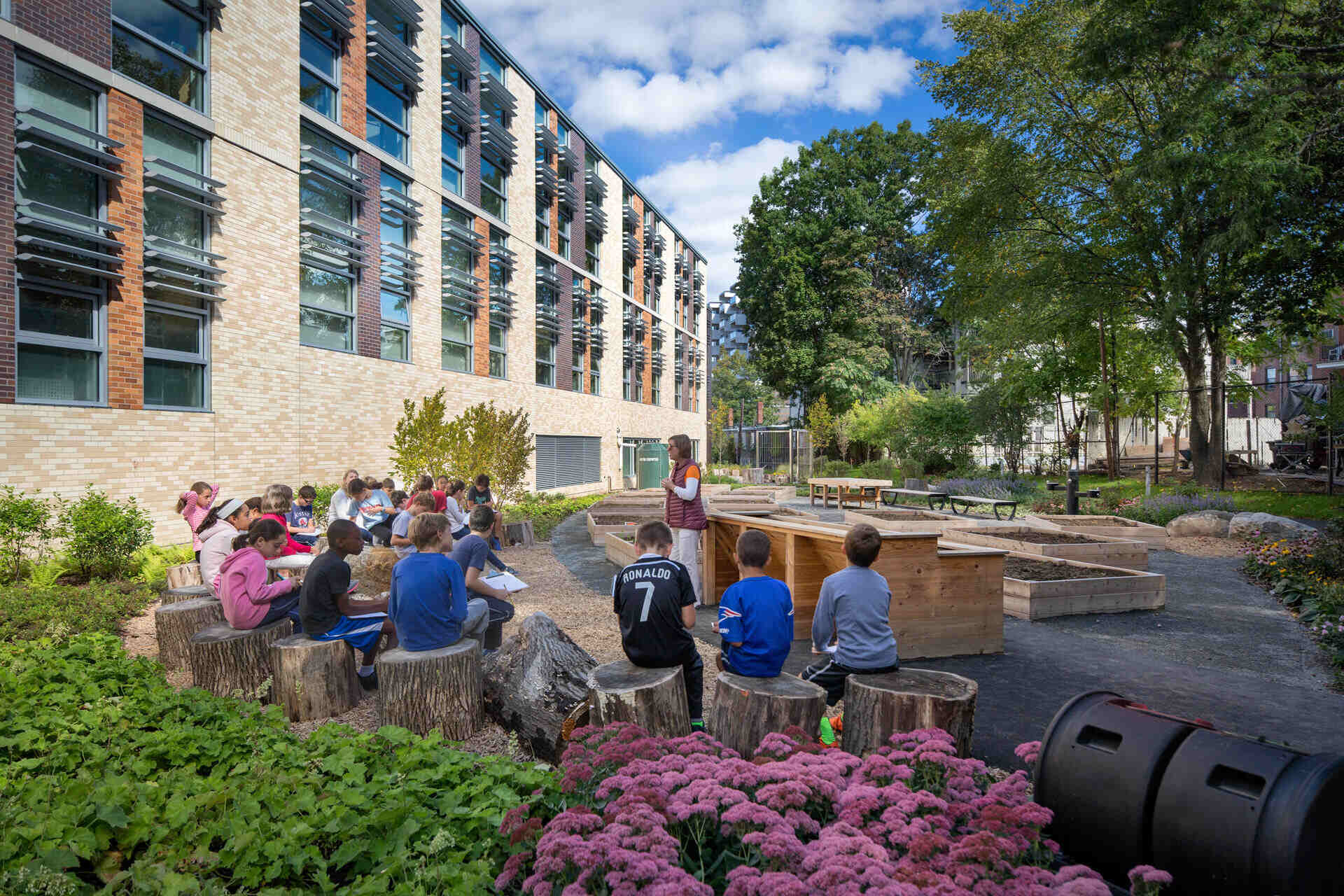
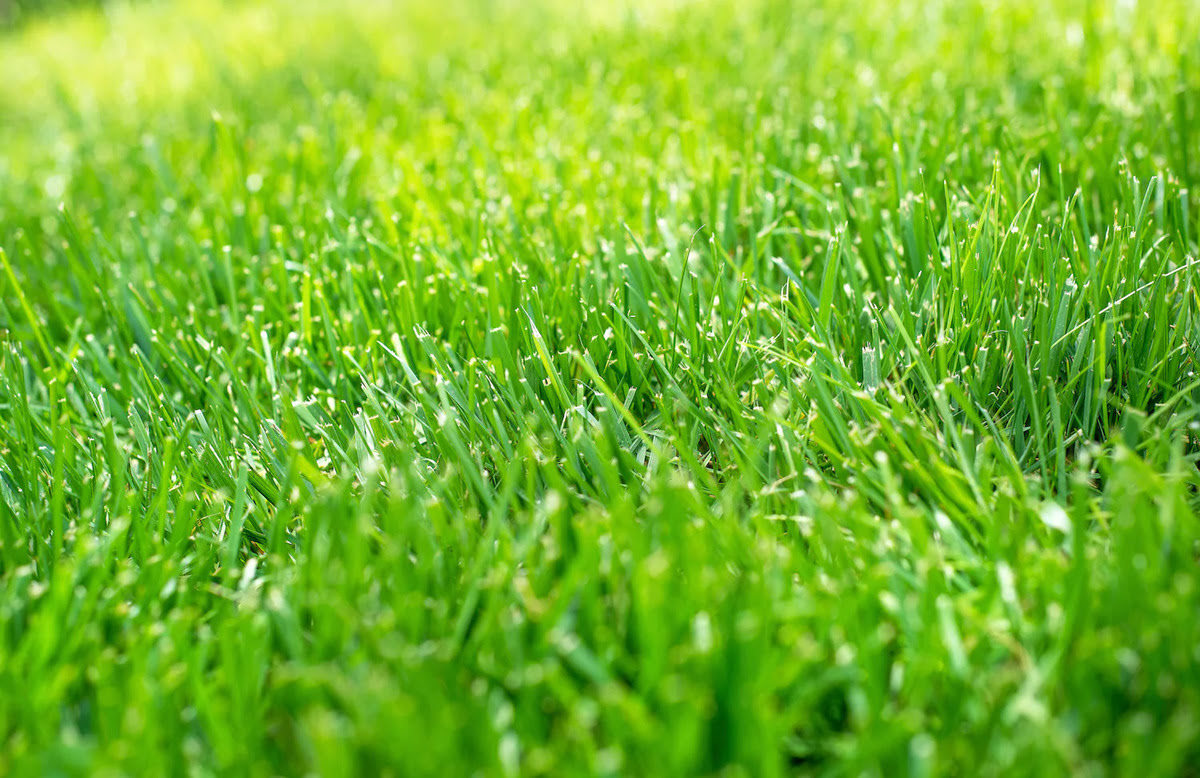
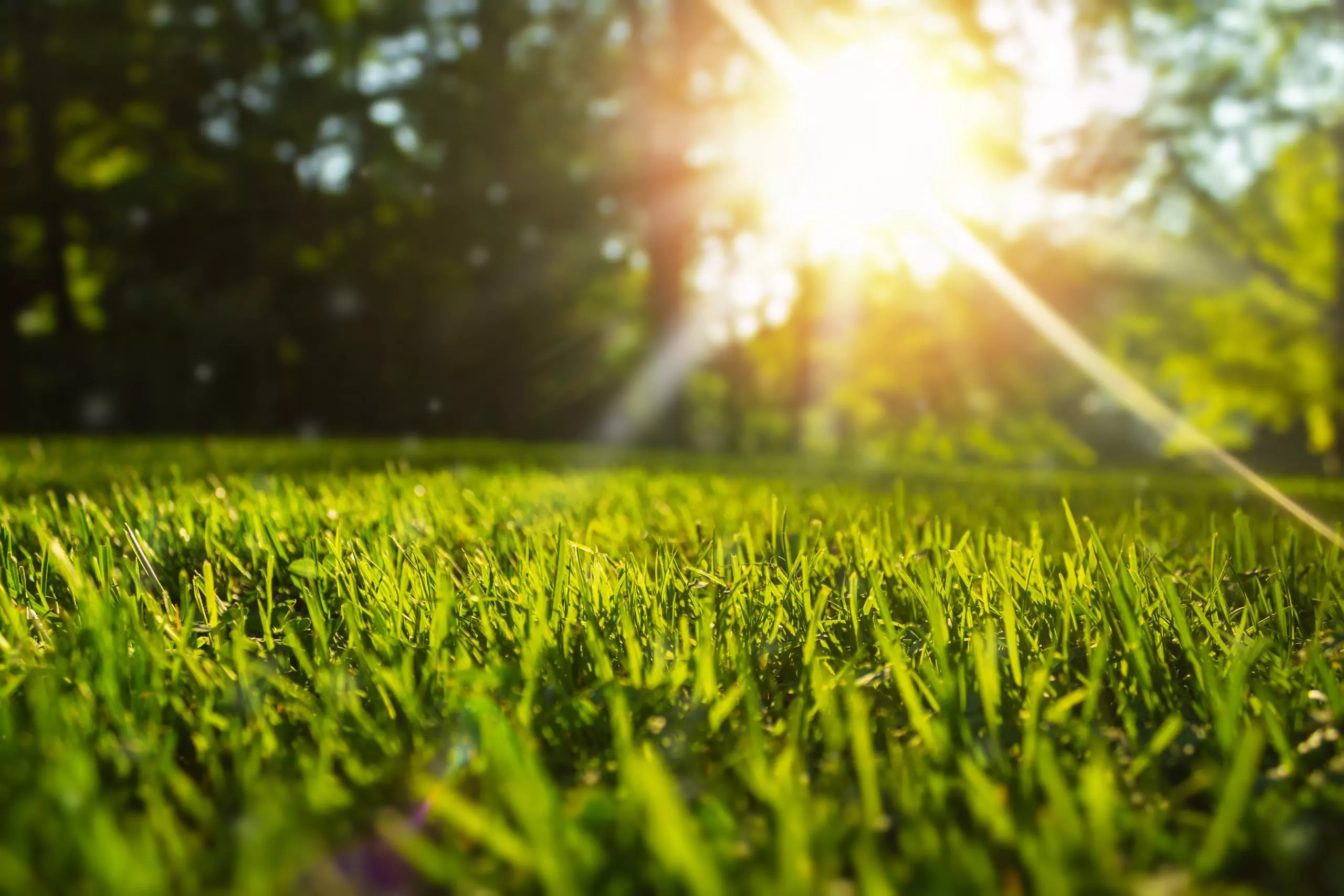
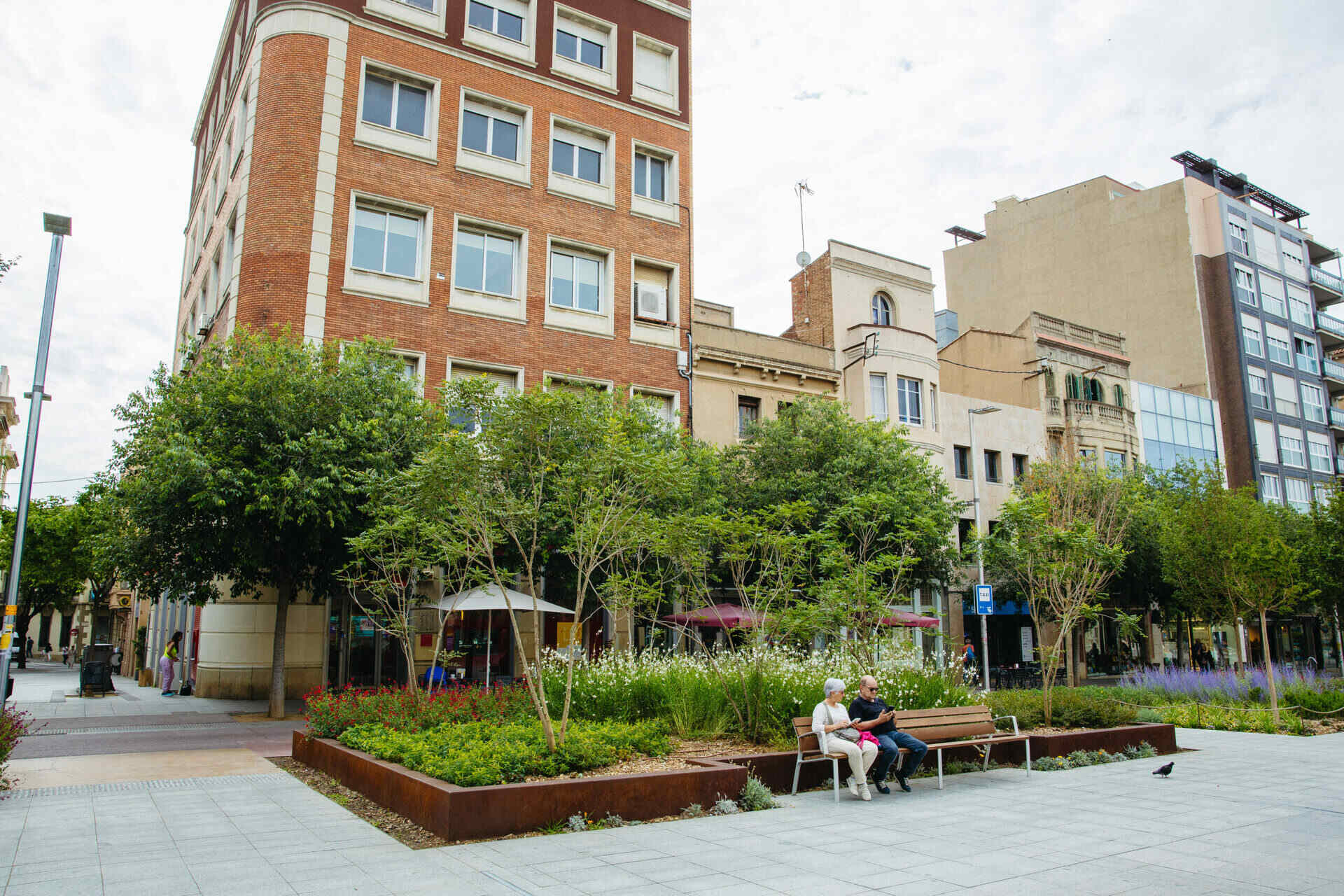


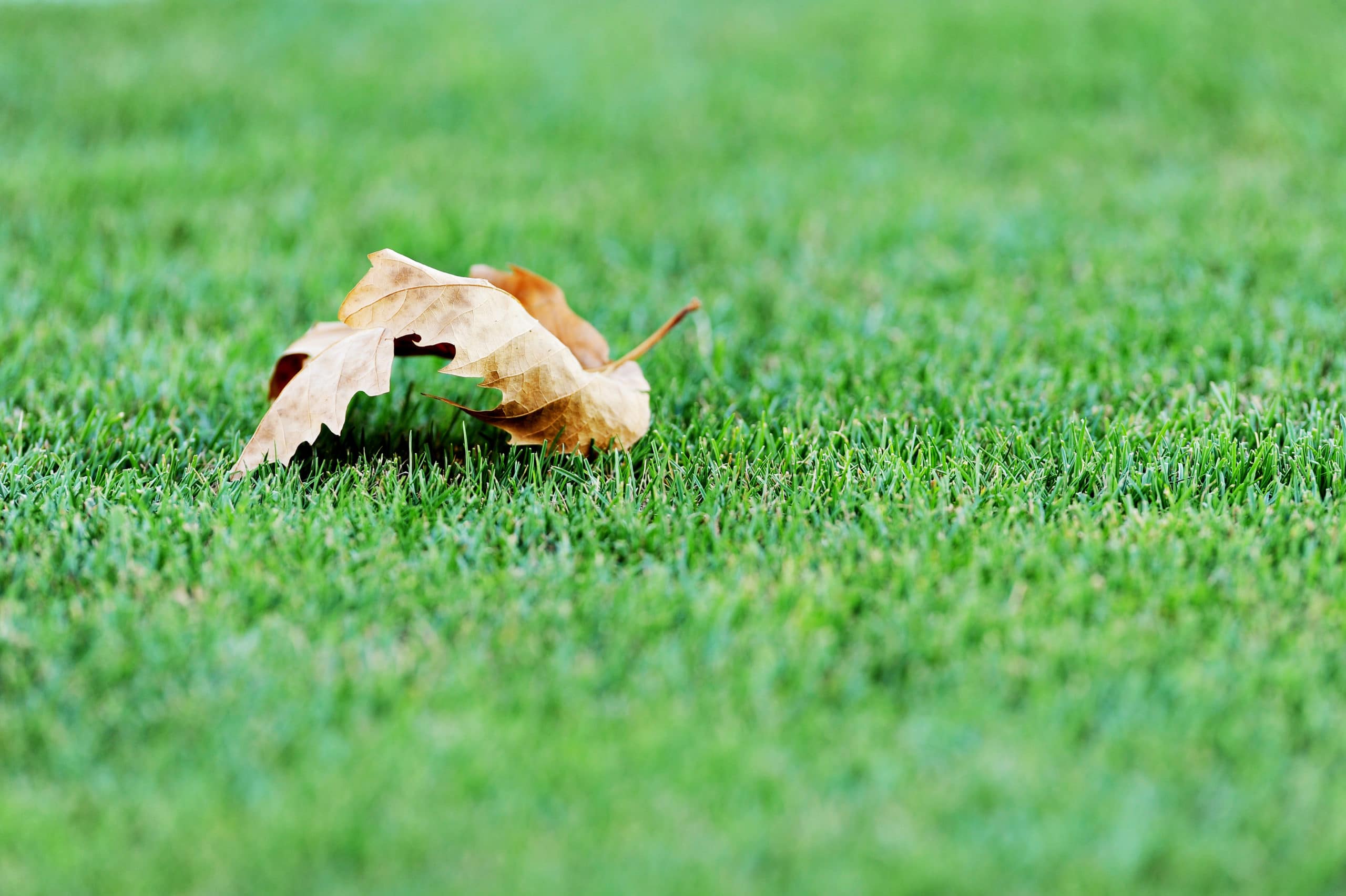
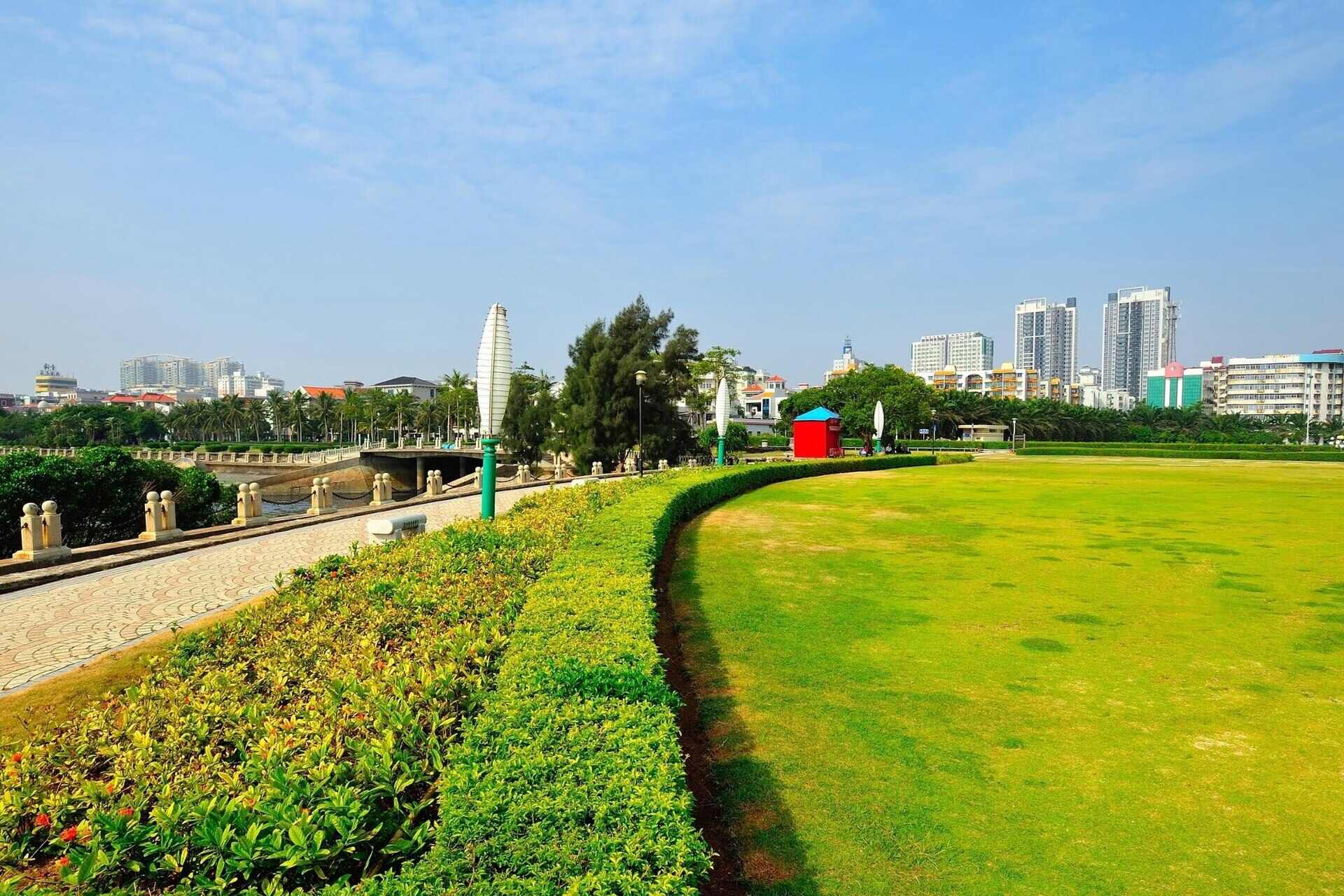
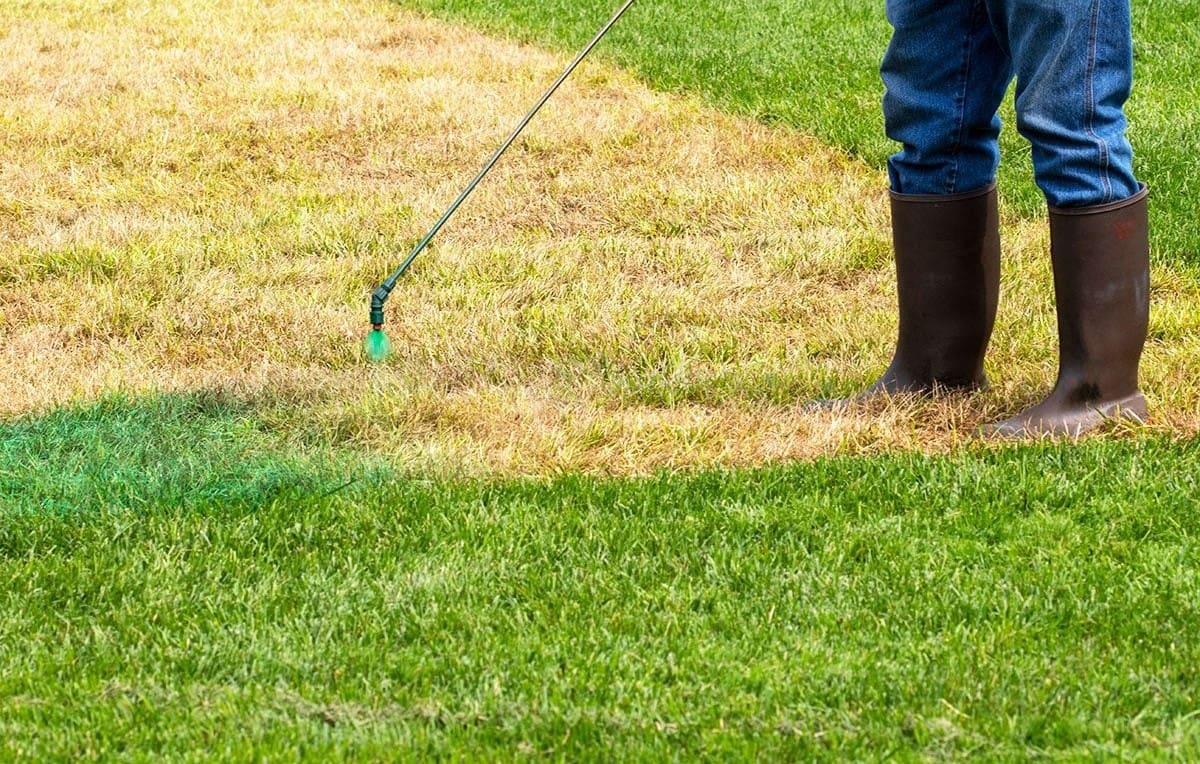
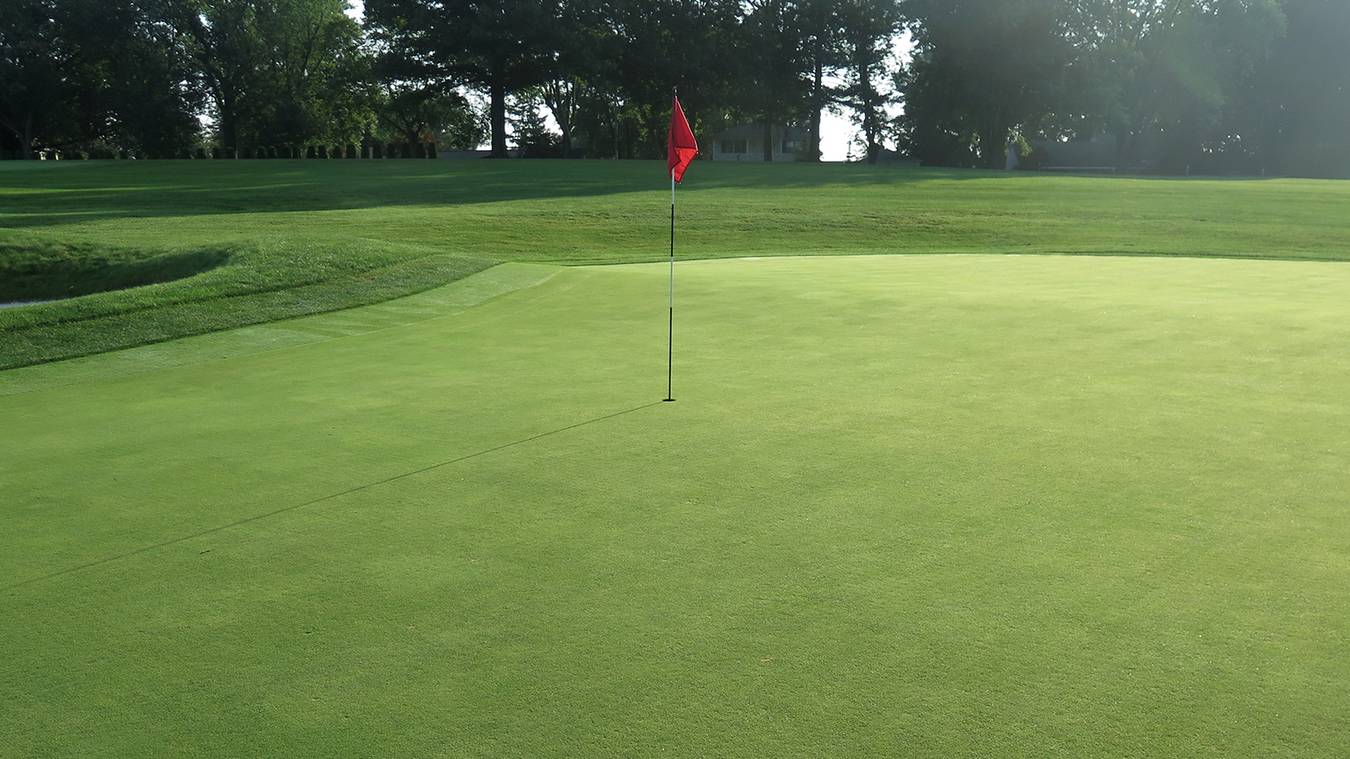
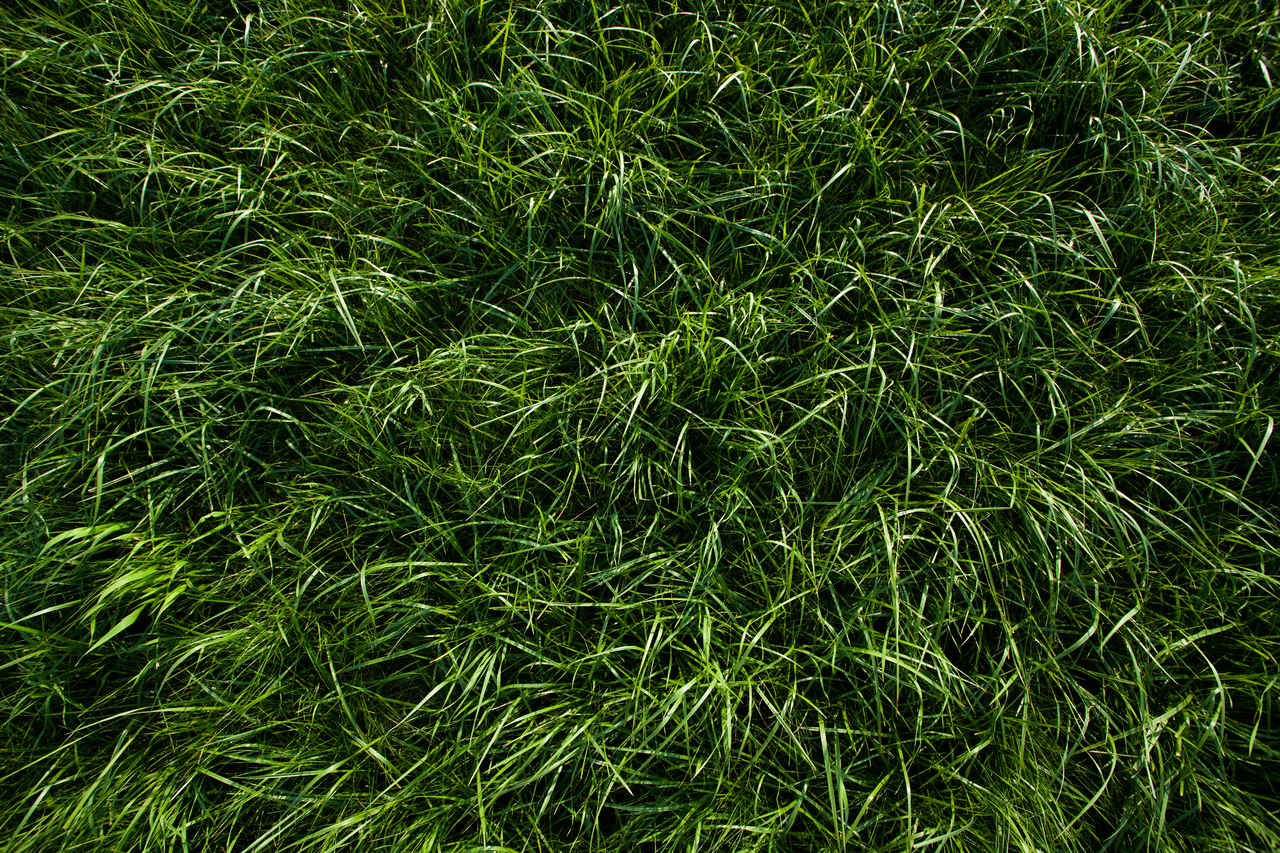
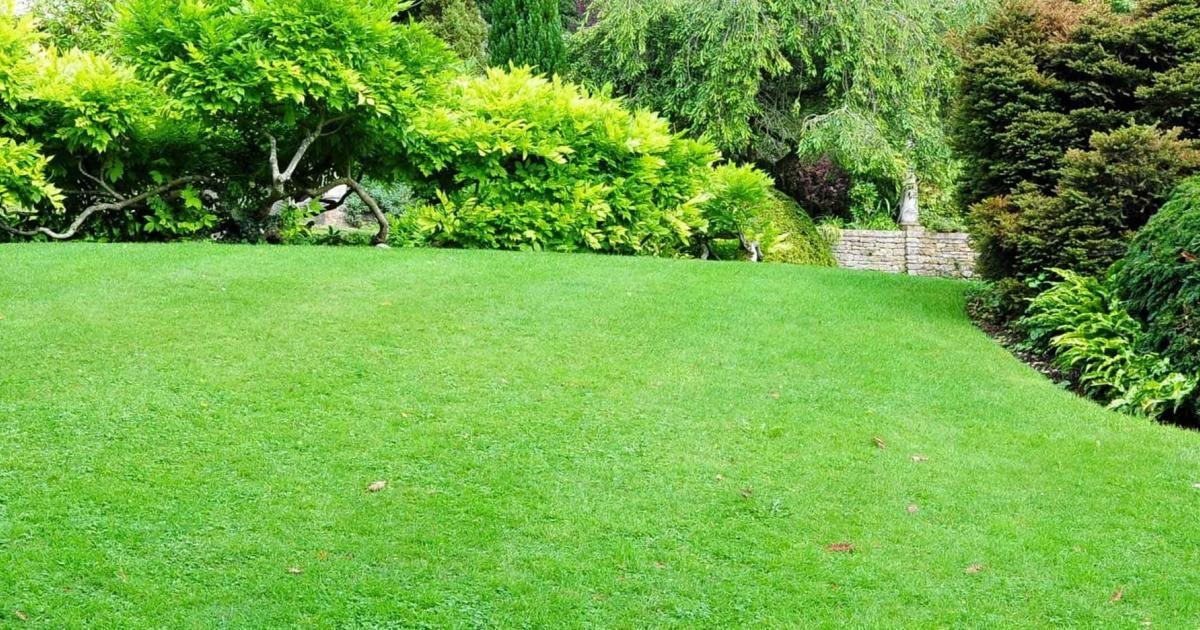
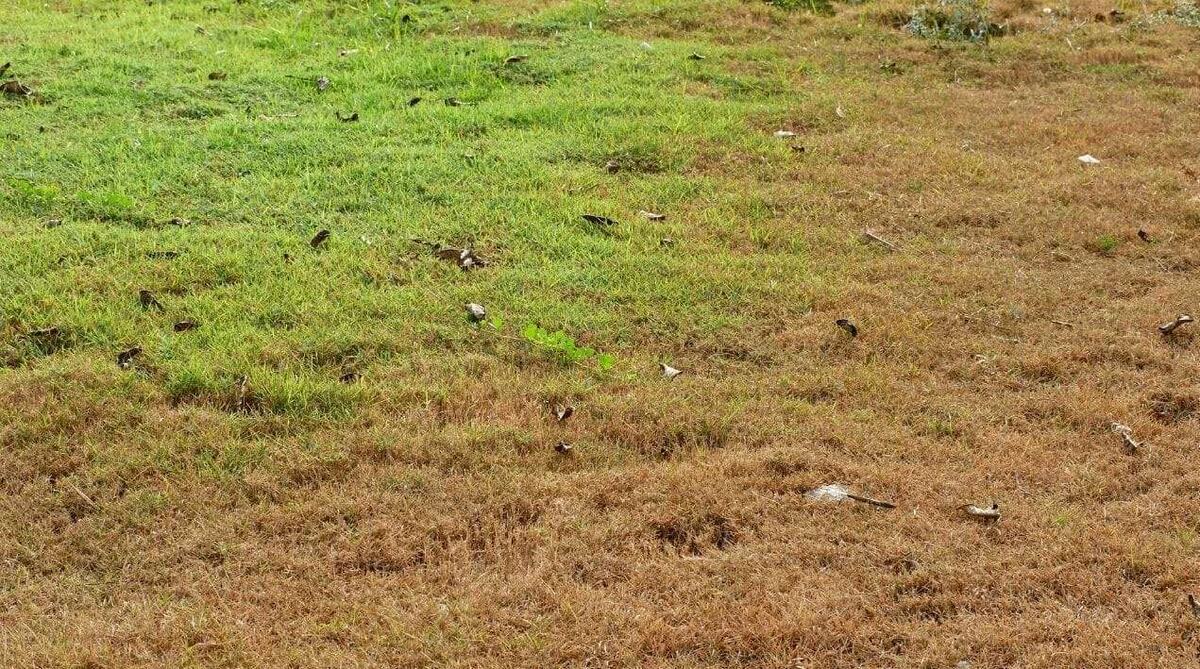
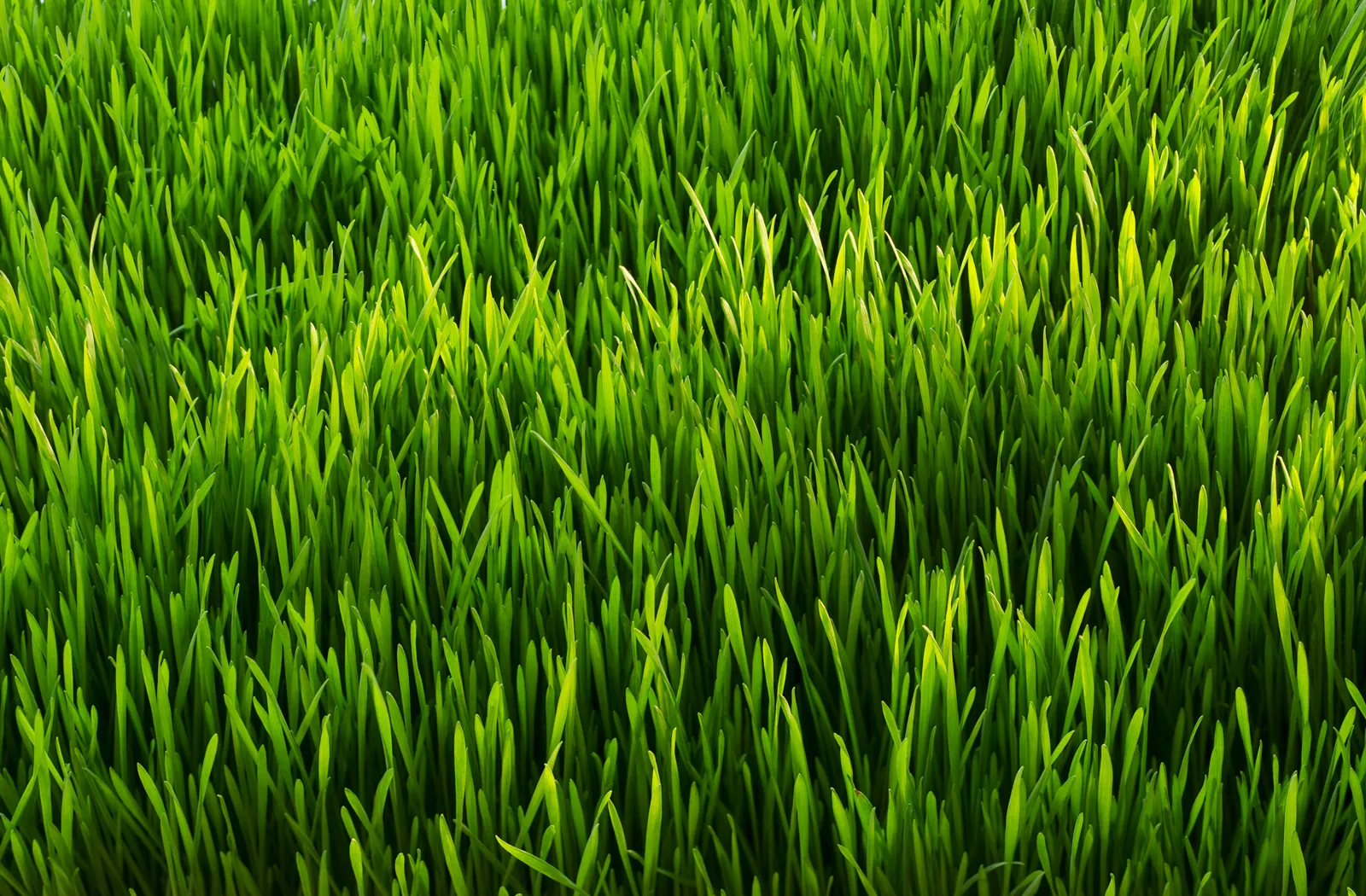

0 thoughts on “Why Is Grass Green”